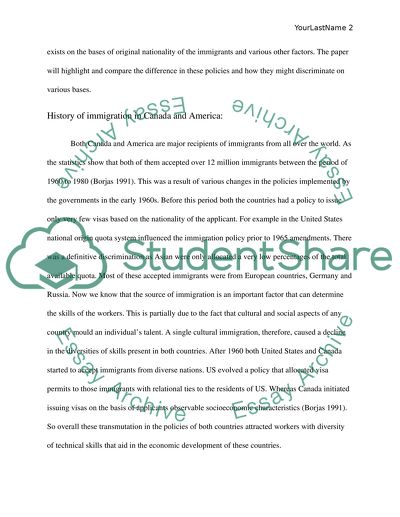Cite this document
(“Canadian & US Immigration and Discriminition Essay”, n.d.)
Retrieved from https://studentshare.org/history/1446146-canadian-us-immigration-and-discriminition
Retrieved from https://studentshare.org/history/1446146-canadian-us-immigration-and-discriminition
(Canadian & US Immigration and Discriminition Essay)
https://studentshare.org/history/1446146-canadian-us-immigration-and-discriminition.
https://studentshare.org/history/1446146-canadian-us-immigration-and-discriminition.
“Canadian & US Immigration and Discriminition Essay”, n.d. https://studentshare.org/history/1446146-canadian-us-immigration-and-discriminition.


